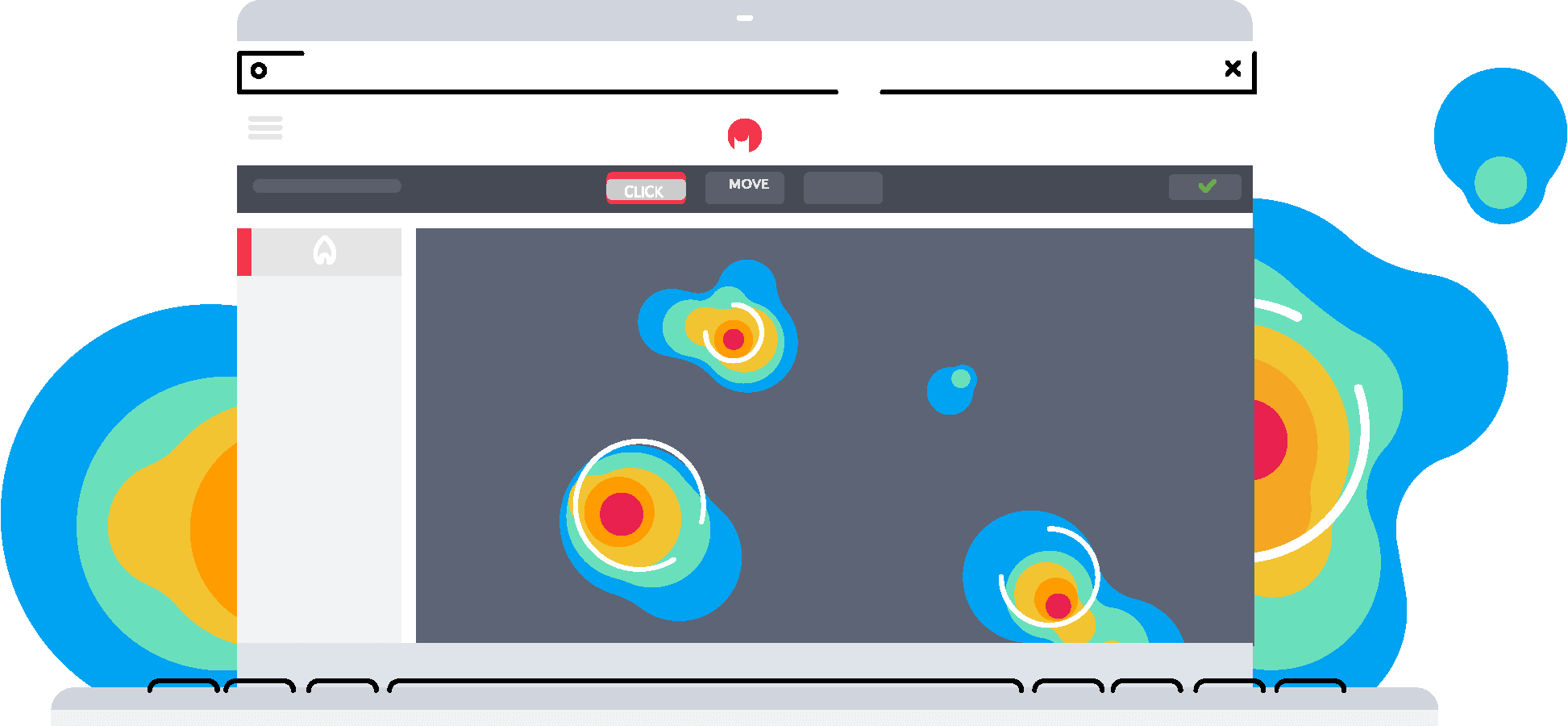The Value of Consistent Conversion Optimization

Conversion rate optimization (CRO) is based on a simple premise: driving people to your website is all well and good, but if those visitors aren’t converting, then all the traffic your site receives is meaningless.
Optimizing your landing pages to bring in a higher rate of conversions will allow you to take advantage of the web traffic you’re already seeing without spending huge sums on advertising to bring in more visitors. Better still, when you do decide to step up your advertising, you’ll see an even better return if your conversions are high.
So how can landing pages make the difference in your conversions? And what can you learn from the best in the business?
Why Landing Pages Matter
Landing pages are one of the most important touchpoints for converting visitors into customers. Landing pages that offer valuable information, are designed with the end-user in mind, and offer a conscious conversion path that leads to better sales.
Landing pages can be created for individual marketing channels, different buyer personas, different stages in the buyer’s journey, or even unique campaigns. The more tailored the content is to the needs of the person viewing the page, the better. But the value of a landing page goes well beyond simple lead generation:
- Collecting demographic information: any landing page with a form on it can help you collect valuable insights into the demographics of your web visitors. There’s a careful balance to strike — ask for too much information and you’ll scare visitors away, while if you ask for too little, you won’t gather anything useful.
- Tracking data: the more unique landing pages you create, the more detailed analytics you can generate on your various offers, campaigns, and channels.
- Removing distractions: anyone who lands on your homepage might be confused, struggling to decide where to look or what to do next. A landing page is extremely simplified, giving visitors a limited number of options to drive them toward a single goal.
A successful landing page is the best path to optimize conversions and increase the number of customers your website brings in. For a perfect example of conversion rate optimization, look no further than Uber.
How Uber Customized Their Landing Pages
Uber has grown to be one of the largest tech companies in the world in the space of a decade. A key to establishing their presence as an innovator of a new form of transportation service, Uber segmented their customers on the spectrum of awareness and developed pages for these audiences. Customers were:
- Completely unaware: your consumers aren’t aware that they have a problem that can be solved, so they’re not looking for a solution.
Problem-aware: your customers know they have a problem, but they don’t know what the solution is.
- Solution-aware: your customers know they have a problem and what the solution is, but not that your product can solve it.
- Product-aware: your prospect knows about the product, but isn’t aware of what the product does or how well it solves their problem.
- Most aware: your prospect is aware of the problem, the solution, and that your product can solve it. They’re ready to buy, but they’re waiting for the right timing or price.
In just ten years, Uber had to educate its potential customers (and investors) about its presence, purpose, and capabilities.
In 2011, Uber’s headline was “Everyone’s Private Driver.” The page was extremely spartan, with little in the way of frills or extra marketing. Uber knew that the average person was completely unaware of the company’s purpose, so they spelled it out in plain language:
“Request a car from any mobile phone—text message, iPhone and Android apps. Within minutes, a professional driver in a sleek black car will arrive curbside. Automatically charged to your credit card on file, tip included.”
By 2013, Uber was focused more on the “problem-aware” group. People were starting to become aware of Uber’s purpose, but needed convincing that it was better than a taxi. The new landing page was focused on specific features — cashless payment, clear pricing, reliable pickups, fare splitting, and a feedback system, for example.
In 2016, Uber abandoned the list of features and focused on the “solution-aware” visitor. Instead, the homepage featured one simple tagline: “Get there.” Further modules used the phrases “Tap the app, get a ride” and “Ready anywhere, anytime.” Uber knew that its users knew about the app and simply needed reiteration that the app was the best way to get from one place to another.
By 2018, Uber had transitioned to product-aware visitors. Their homepage retained the same “get there” tagline as it had two years ago, but they added a signup form with two parts: one for riders and one for drivers. At this point, Uber assumed that anyone visiting their homepage already knew what Uber was for, so they jumped straight to giving their visitors what they came for without any other distractions.
Now, Uber is back to the early stages of the awareness spectrum — not for their ride-sharing software, but for the Uber Eats food delivery service which gained significant traction during the 2020 pandemic and ensuing lockdowns. Scrolling down the page offers the chance to learn more about their other offshoots, Uber for Business and Uber Reserve. You can still learn about the original Uber ride-sharing feature, but it takes some navigation to find. Uber knows that the typical visitor isn’t there to learn about ride-sharing, so they don’t waste much energy talking about it.
Applying the Lessons of Uber
If you run a campaign for completely unaware consumers, create a CTA that reads “Learn more” and directs them to an explanation of how the product works, like Uber in 2011. If you run a campaign about how to solve a known problem quickly and easily, your CTA might read “Start now” and bring visitors directly to a purchase page. Each campaign can run simultaneously — along with campaigns for any other stage of the decision-making process — as long as you have the landing pages to properly receive your visitors.
Every organization is different, but no matter what your company offers, it’s imperative that you have a grasp on what your web visitors are looking for. The more precisely you can address their needs, the more likely you can get them to fill out a form, book an appointment, or make a purchase.





